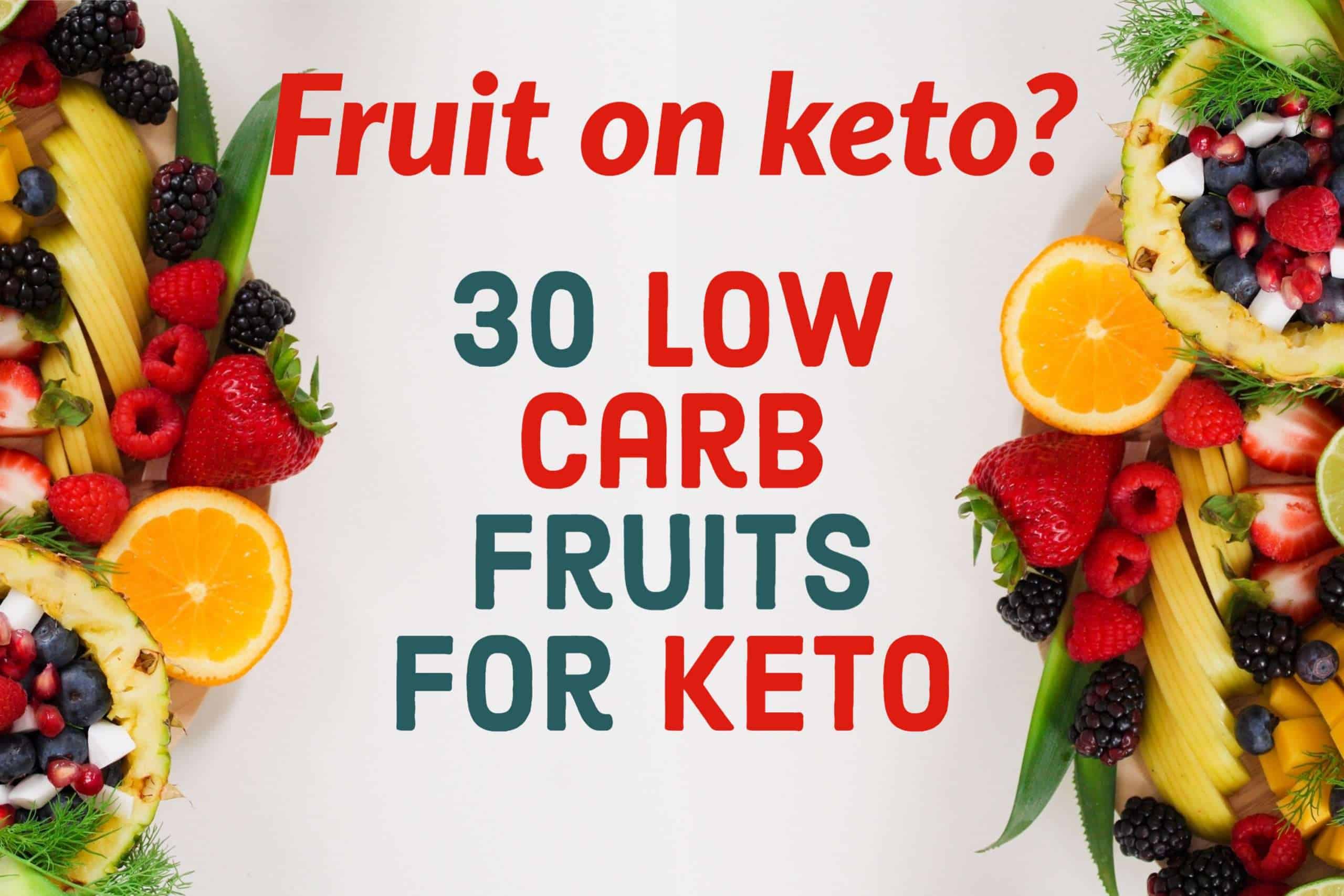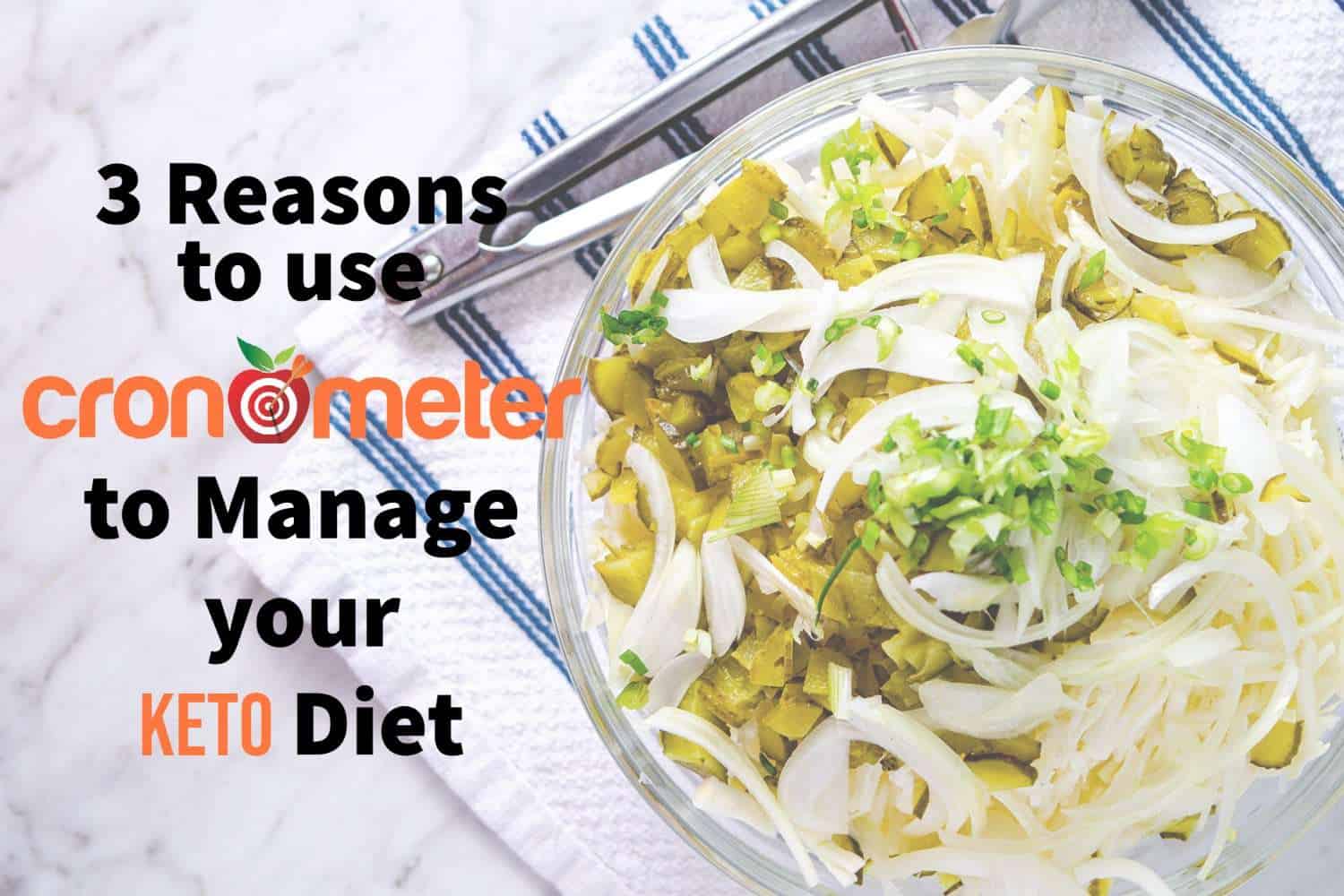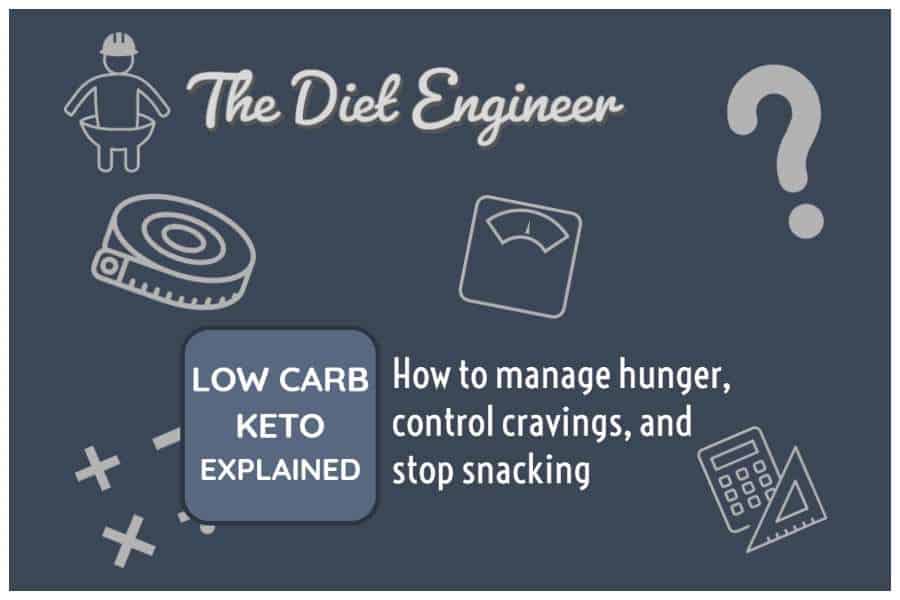The Diet Engineer
Your guide to low carb keto living
Helpful tips, how-to guides, articles, FAQ's, and free resources
helping you learn how to start and maintain a ketogenic, or low carb lifestyle.
Keto FAQ
Keto is any method of eating or diet that is low enough in carbs to result in your body producing ketones known as a state of ketosis.
Net carbs = (Total carbs – fibre) or (sugars + starches)
Net carbs are non-fibre carbs. In the US & Canada you take the total carbs from the label and subtract the amount of fibre to get net carbs.
Outside of North America familiarize yourself with your countries labeling guidelines. Some countries labels show net carbs by default.
There are also some sugar alcohols some choose to subtract to get net carbs.
To relieve or avoid keto flu all together you can replenish your electrolytes and hydrate.
Known as the big 3 electrolytes, getting adequate bio-available Sodium, Potassium and Magnesium with proper water intake can remedy keto flu symptoms or help you avoid it all together.
You can eat any foods that you want as long as you do not consume too many net carbs in a day.
Some foods will fit better that others. High carb foods like pasta, rice, fruit, potatoes, bread, and candy will be hard to consume in realistic amounts and still keep carbs low. They are best to be avoided.
Meat, certain veggies, nuts & seeds, cheese and other low carb dairy, fit very well in keto.
Whatever you eat, just make sure you don’t have too many carbs.
Cheat days are something only you can decide.
Many people experience mild to severe discomfort, extreme cravings, and difficulty re-committing after cheats.
Some people find that an occasional cheat or treat allows them to sustain the lifestyle longer without derailing their progress.
Know your limit, stay within it.
70/25/5 (70% Fat, 25% Protein, 5% Carbs) are the macro ratios used in the traditional therapeutic ketogenic diet used for managing the symptoms for neurological disorders like epilepsy.
Unless you are using keto for therapeutic reasons, you do not need to use these ratios.
Lazy keto: is generally when you do not track your food or macros, you eat very low carb and you still achieve desired results. Some people still count carbs.
Strict Keto: is when you are tracking and measuring your food intake in order to meet specific macros tailored to your specific goals.
To ensure ketosis it is recommended to eat 20-30g of net carbs per day or less. Individual thresholds will vary, some are able to maintain ketosis up to 50g net carbs.
The best way to start keto is to cut your daily net carb intake to 20-50g or less.
Once you get the hang of this you can assess your goals and determine whether strict or lazy keto will work for you.
Don’t forget to get your electorlytes!
Keto flu is common in the early stages of keto, although it can happen at any time to anyone.
Symptoms include: Headaches, brain fog, fatigue, irritability, feeling lethargic, low energy, just feeling blech.
These symptoms are a result of dehydration an electrolyte imbalance/deficiency.
Keto is very commonly utilized for its help with weight loss due to its appetite regulating effect.
However keto can be used to lose, maintain, and even gain weight.
Many people notice that they feel, and perform their best eating keto full time.
You may not need to.
If you are not finding success without tracking using lazy keto, then you may need to track food, calories, and macros to ensure you are eating the correct amount for your goals, this is known as strict keto.
Keto is often refereed to as a high fat method of eating.
This is a misleading description because it implies that you must eat a high amount of fat for ketosis.
This is not true. Keto is about carb restriction, not fat consumption.
Eat fat to satiety.
Keto is often described as moderate protein.
This description is misleading as it implies that you must keep protein intake moderate for ketosis. Some even believe too much protein will kick you out of ketosis.
This is not true, it is far more important to try and get adequate protein.
Try to get at least enough protein per day.


